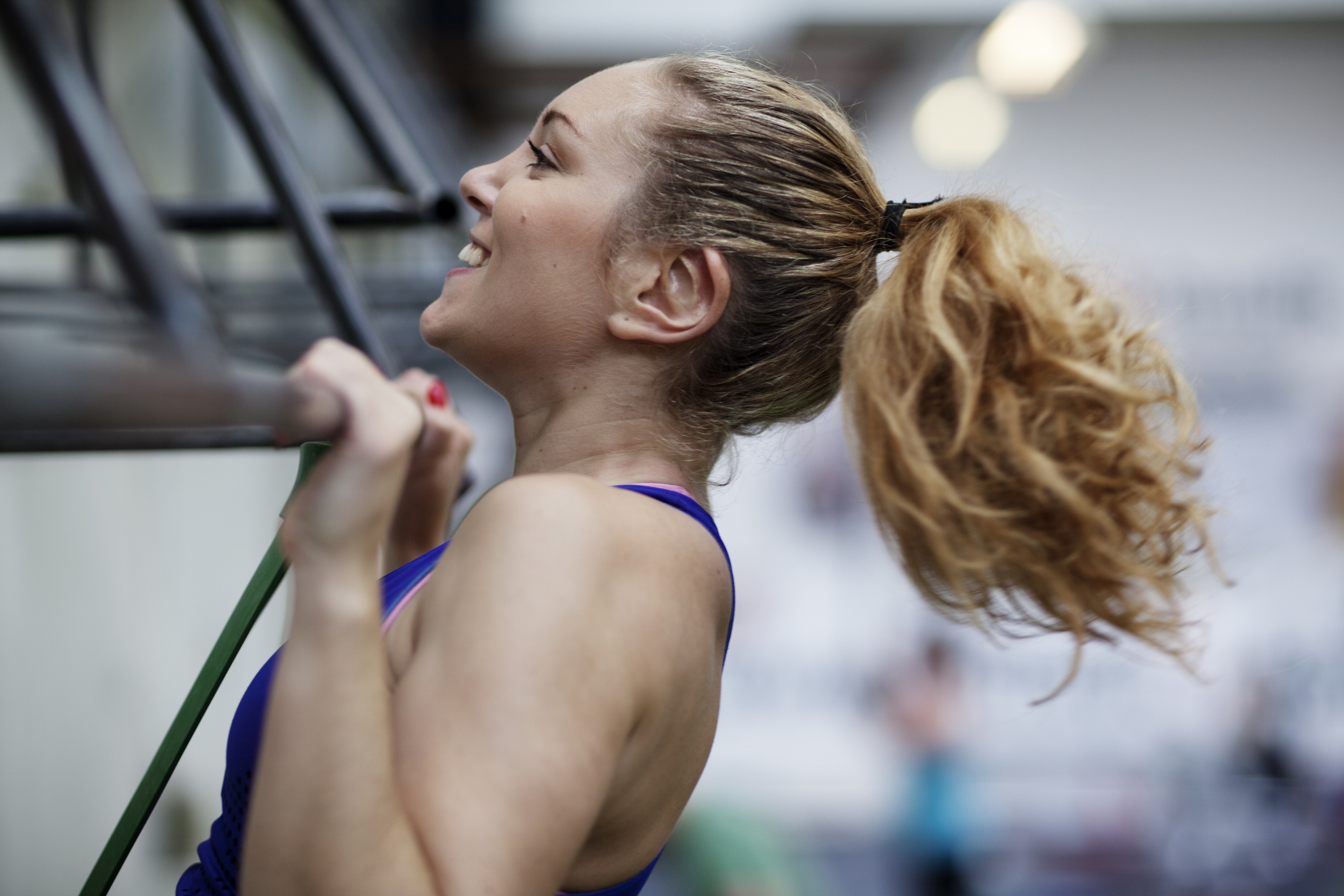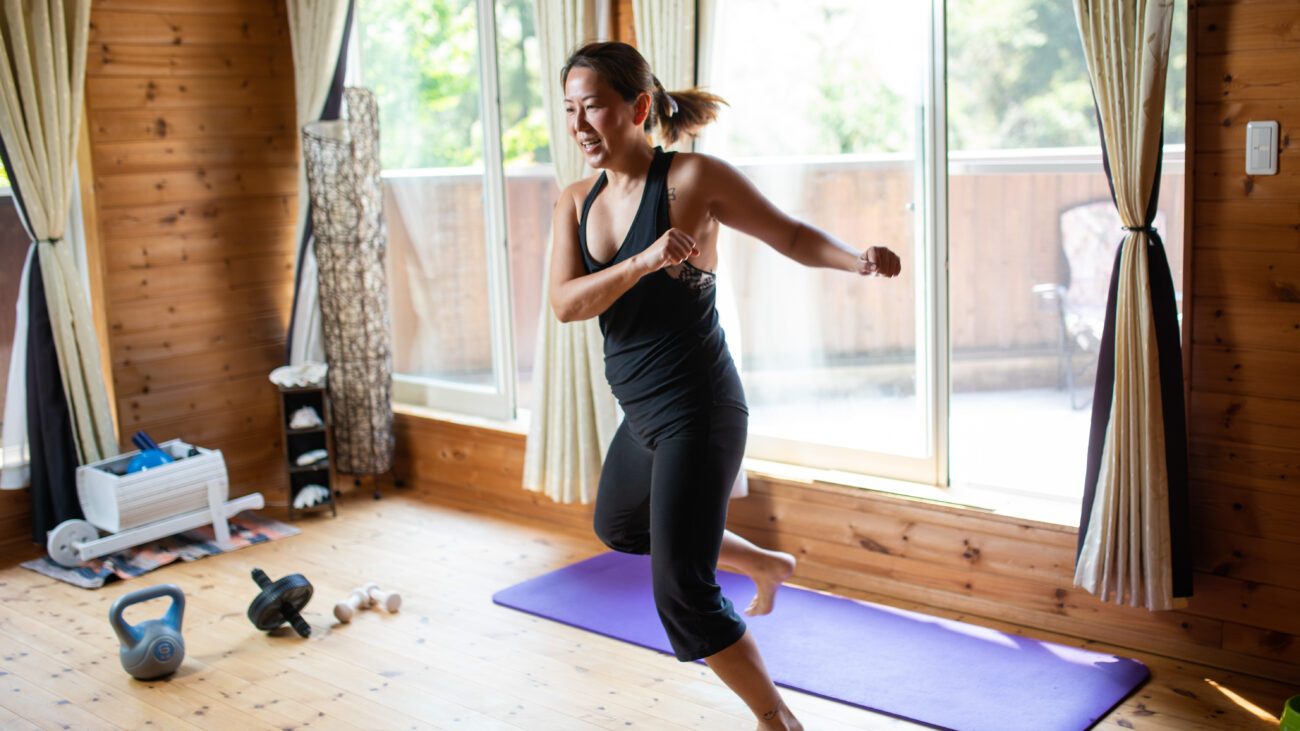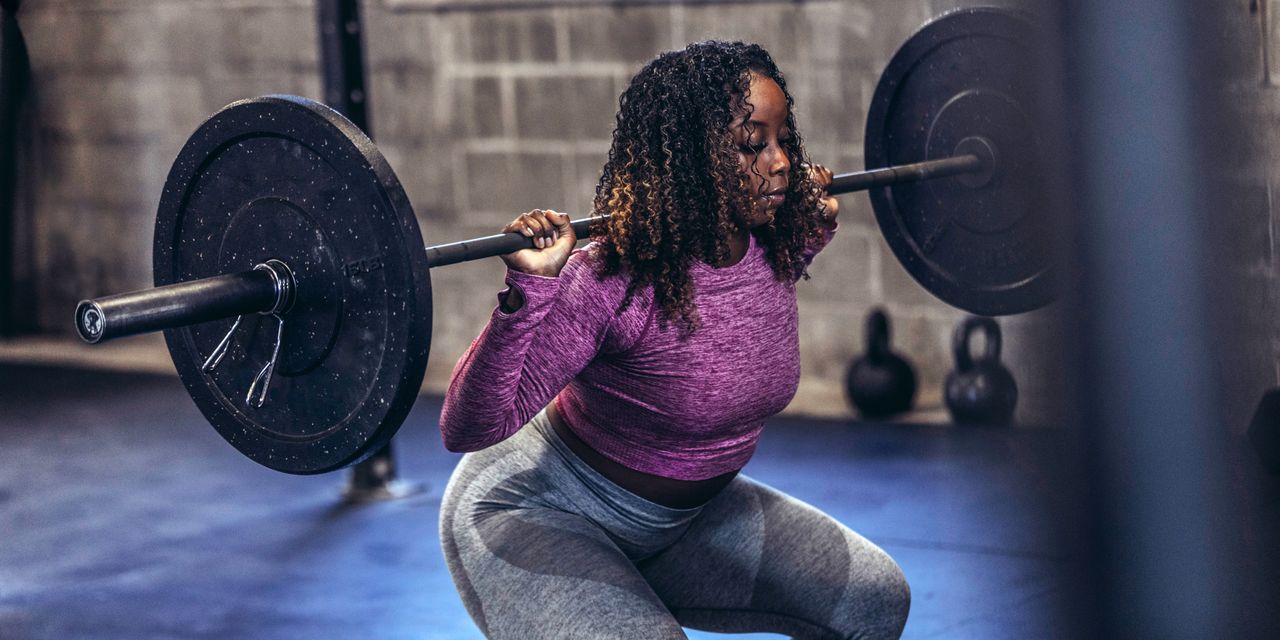Blog
I tried the viral Manchester United pull-up challenge—here’s how to scale it to build upper-body strength no matter your ability

Strong thighs, powerful calves and indefatigable stamina.
Soccer players are famed for many things, but upper-body posterior endurance is possibly not something you’d expect they need to ply their trade.
Yet that is exactly what the Manchester United team are being tested on during their pre-season tour of the United States, according to a new video shared by Rio Ferdinand.
The former United and England defender recently posted a clip of himself taking on the Premier League outfit’s pre-season pull-up challenge—and I couldn’t resist trying it myself.
As well as being a mightily tough test of grip strength and upper-body power, it’s a great example of how to use a workout technique called paused reps to build size and strength.
Below I’ve outlined how the challenge works, how I got on and how to scale the workout to suit your level, plus explained how and why to use paused reps in your workouts.
How to do the Manchester United pre-season pull-up challenge
Watch On
In the video, Ferdinand asks the Red Devils’ first-team strength and power coach Michael Clegg for a drill used by the current crop to get them ready for the upcoming season.
Clegg, a former United player and son of the club’s S&C coach Mick Clegg—famed for shaping Cristiano Ronaldo into the physical specimen he became in the mid-2000s—promptly directs Ferdinand to a pull-up bar.
“My dad always used to say: press-ups, chins, dips, core. Master them four and you master your body,” he says—and it appears those principles still hold true 20 years later.
Here’s how the challenge works:
- Grasp a pull-up bar with a wide, overhand grip.
- Dead hang from the bar, with arms straight, for five seconds.
- Pull yourself up until your chin is above the bar, then lower with control to a dead hang.
- After another five seconds, perform rep number two and so on until failure.
Clegg goes on to explain how, at the start of pre-season, he will get all the players to line up under a pull-up bar and perform this drill in unison.
“That [dead hang] stops cheating,” he says. “When you do it like that, you get a true score of your posterior, upper-body strength.”
Most of the lads will get eight or nine, he adds. Ferdinand manages 12.
During the 50 or so seconds of work, my heart rate spikes at 135 bpm, but it’s my grip that ultimately gives way—something I’ll need to work on to match and exceed Ferdinand’s PR.
How to scale the challenge for any ability
There’s no denying this pull-up challenge is very hard.
Most people struggle to do one pull-up, but the addition of the five-second dead hang fries your grip and forces you to generate extra power with every rep because it strips out any momentum.
But it can be easily adapted for beginners by swapping pull-ups for band-assisted pull-ups, or inverted rows using a barbell or suspension trainer.
For each of the below options—as for the above version—focus on retracting your shoulder blades throughout to engage your powerful upper-back muscles.
Also, you can employ a breathing technique to help. Take a deep breath before each rep, and forcefully exhale as you contract your muscles to pull your bodyweight up.
Swap for band-assisted pull-up

Watch On
The best way to use a band for assisted pull-ups is to find a squat rack that includes a pull-up bar.
- Remove the barbell and instead hook the band over the J-hooks on either side so that the band is taught.
- Use a bench to help you reach the pull-up bar, then step on the middle of the band with both feet together.
- Allow yourself to dead hang, then perform the test as normal.
- As you build up your strength, you can use a band with less resistance.
Swap for inverted row

Watch On
Ideally, use a suspension trainer like a TRX.
- Grasp the handles and lean back until your arms are straight.
- Retract your shoulder blades to engage your upper-back muscles.
- The shallower the angle your body makes from the floor, the tougher this is—adjust the position of your feet to suit your ability.
- Once set, perform this test as normal, pulling your chest to the handles.
What are paused reps?
Paused reps are a lifting technique used in strength training, akin to isometric holds and eccentrics.
The idea is to pause at specific points in a lift, typically when the muscle is fully lengthened, like at the bottom of a pull-up, or at the halfway point, such as the middle of a biceps curl.
Used effectively, they enforce strict technique by making it impossible to cheat using momentum, so your muscles have to work harder.
Paused reps also encourage a full range of motion and increased time under tension that will ultimately result in greater muscle strength and size.
Once you’ve had a go at this test, which targets the mid- and upper-back muscles, your next challenge is to try paused reps with bodyweight squats, push-ups or biceps curls to target your lower body, chest, core and arms.
- For squats, pause with your thighs parallel with the floor.
- For push-ups, pause at the top or bottom of each rep.
- For biceps curls, pause at the halfway point of each rep.
Be strict with this technique and watch your strength soar.












